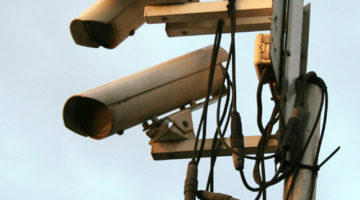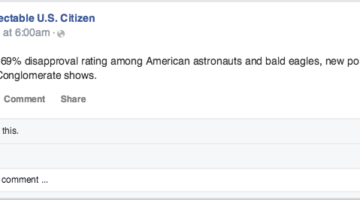Last week, Facebook announced, and has since implemented, a new feature which allows users to more specifically disclose their gender identities on their profiles. Before this new “custom” option, Facebook only offered “male” and “female” options.
For those who had the luxury of not feeling the need to question whether their physical bodies “matched” their own identities, choosing between male and female was likely never an issue. But for those who have always felt at least uncomfortable living between gender binaries or being told that their gender has already been decided for them, this offers something new for how they represent themselves online.
This new “custom” option offers up to 58 different options nested underneath it, including, but most definitely not limited to: androgynous, agender, gender fluid, transgender, neither, pangender, FTM, MTF, intersex, genderqueer, gender questioning, transsexual, transmasculine or transfeminine, neutrois and two-spirit. It also asks what the user’s preferred pronoun is (“him,” “her,” or “them”).
This may seem largely insignificant since people who do not identify as solely male or female are still a minority, but I would argue that the acknowledgment and recognition of these identities is still a step in the right direction toward broader acceptance of them.
Facebook, of course, has no legal power, so why is this important anyway?
A profile on social media may seem like a virtual place where whether or not your “true self” is being accurately represented is a non-issue. There are certainly people who don’t care about that, and they probably don’t give two shits about the fact that they now have 58 gender identities to choose from on Facebook. Social media operates in everyone’s lives in different ways.
We can’t deny, however, the immense cultural impact that Facebook has had in (roughly) the last decade. It has infiltrated our lives so intimately that some people become aghast at the revelation that someone else might not even have a Facebook. (An exchange from the show “Girls” sums it up quite well: “That’s like not being on Facebook.” “I’m not on Facebook.” “…You’re so fucking classy.”) Even people who don’t have one at least know what it is or have probably had one at some point in their lifetime. And if they haven’t had one, then there’s probably a picture with them in it floating around the Internet that a friend uploaded to Facebook.
My point is that Facebook has intense cultural influence and significance. Someone like my dad would certainly argue with me on this one, but that’s because he only watches Fox News and thinks that everyone on social media isn’t really who they say they are.
It’s true: You can technically be whoever you want to be on the Internet. But what if you feel like you can never really be who you are all the time? And something simple like identifying your gender on a social media platform that has 1.19 billion monthly active users is another small reminder of how you don’t fit in and that other people don’t acknowledge the identity you choose to give yourself?
I’m a proponent of true equality stemming from social change, not only with legislation. Of course, legislation is important and is often an integral component of taking steps toward equality (such as the push for legalizing same-sex marriage). Allowing people to more accurately represent themselves online, especially on such a ubiquitous platform, is one of those steps.
There is room for improvement still. Gender is inherently linked to sexuality, and given these new options for gender identity, Facebook’s mysterious category of “interested in” still only displays checkboxes marked “men” or “women.” But if we are now acknowledging various ways to identify one’s gender, then we must not all be “interested in” only men and women, right?
Regardless, Facebook has done something that will hopefully spread awareness and acceptance among people who use it, and maybe even beyond that. I personally learned about a few terms that I did not know existed just from looking at the various options available, such as two-spirit, an umbrella term used to express gender identity and variance in Native American tribes. I hope others will become educated about terms they are unfamiliar with as well.
It’s a small step, but a step nonetheless.
Stephanie Self studies English. She can be reached at sself@unr.edu.












